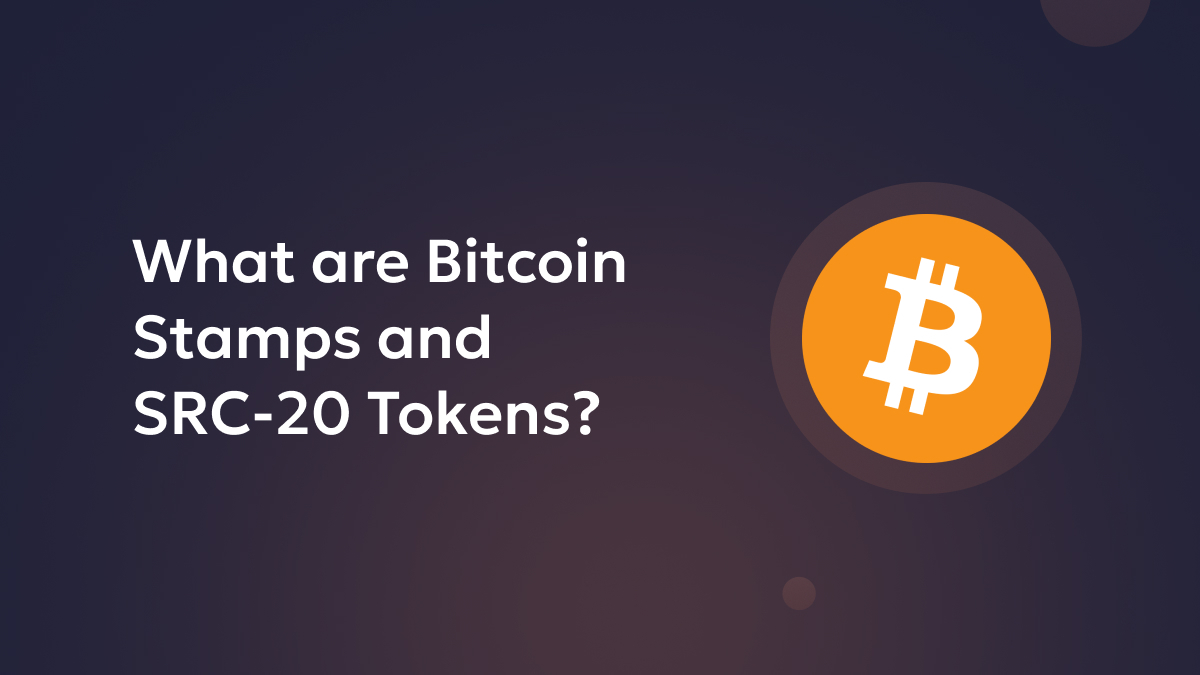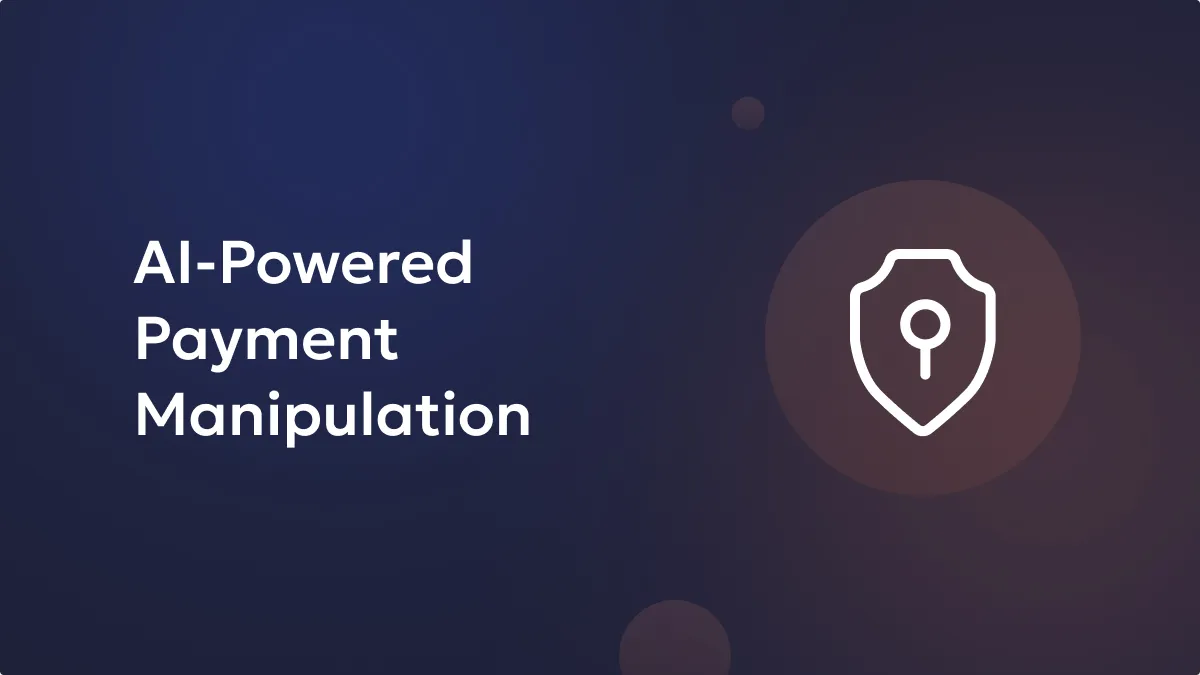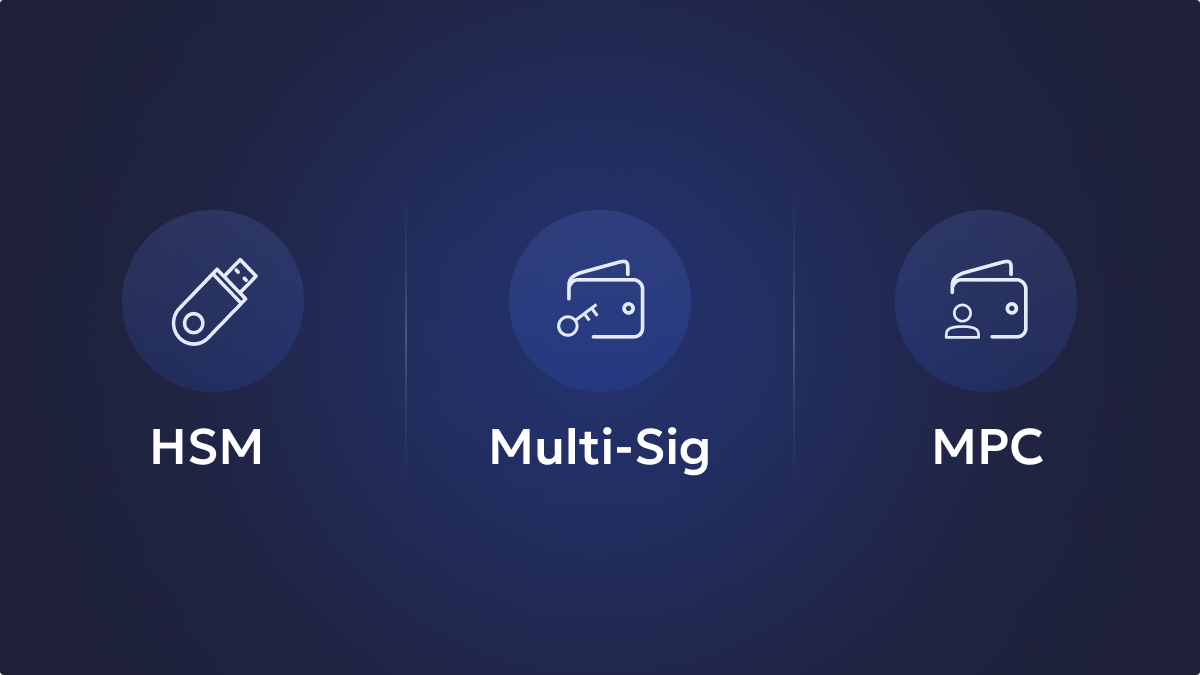Bitcoin Stamps, also known as SRC-20 tokens, represent a fascinating evolution in the world of cryptocurrencies and blockchain technology. These unique digital collectibles are stored directly on the Bitcoin blockchain, marking a significant expansion of Bitcoin’s functionality beyond its original purpose as a store of value and medium of exchange. By allowing for the incorporation of various data, including digital art, into the blockchain, Bitcoin Stamps open up new possibilities for creativity and innovation within the Bitcoin ecosystem.
The concept of Bitcoin Stamps emerged as part of the growing trend of exploring additional use cases for established blockchain networks. While Bitcoin has long been recognized primarily for its role as a digital currency, the introduction of SRC-20 tokens demonstrates the potential for the Bitcoin network to support more diverse applications, including the creation and trading of digital collectibles.
SRC-20 tokens are created through the STAMPS protocol, which provides a novel method for adding data to the Bitcoin blockchain. This approach differs significantly from other token standards like BRC-20, particularly in how data is stored and managed within the blockchain structure.
How do SRC-20 Tokens Work?
The fundamental mechanism behind SRC-20 tokens revolves around their unique approach to data storage within the Bitcoin blockchain. Unlike some other token standards, SRC-20 tokens store data in spendable transaction outputs (UTXOs) rather than in witness data. This distinction is crucial, as it makes SRC-20 tokens more permanent and less susceptible to pruning (removal) by nodes in the network.
To create a Bitcoin Stamp, creators must adhere to specific requirements:
- File Format and Size: Only JPG, GIF, PNG, or SVG files up to 24×24 pixels can be encoded into a Bitcoin Stamp. This limitation ensures that the data remains manageable within the constraints of the Bitcoin blockchain.
- Unique Identifier: Each Stamp must have a unique numerical identifier. This requirement helps in organizing and distinguishing between different Stamps within the ecosystem.
- Encoding Process: The creation of a Stamp involves adding “stamp:base64” to the description key of a new transaction. This step is crucial in signaling to the network that the transaction contains Stamp data.
- Data Upload: The encoded image data is then uploaded to stampchain.io, a platform specifically designed to host and manage Bitcoin Stamps. This centralized repository allows users to access and trade Stamps using the dedicated Stamp Wallet.
The process of creating and managing SRC-20 tokens involves several steps:
- Token Creation: Developers or artists can create new SRC-20 tokens by defining parameters such as the token name, total supply, and any associated metadata (like images or descriptions).
- Minting: Once created, tokens can be minted by sending a specific transaction to the Bitcoin network. This transaction includes the necessary data to create the token according to the SRC-20 standard.
- Transfer and Trading: SRC-20 tokens can be transferred between Bitcoin addresses, allowing for peer-to-peer trading and exchange.
- Viewing and Verification: Users can view their SRC-20 tokens using compatible wallets or explorers that support the standard. The authenticity and ownership of these tokens can be verified directly on the Bitcoin blockchain.
Advantages of SRC-20 Tokens
SRC-20 tokens offer several advantages over other token standards:
- Permanence: By storing data in UTXOs, SRC-20 tokens achieve a higher level of permanence on the blockchain. This makes them more resistant to data loss or removal.
- Immutability: The inherent immutability of the Bitcoin blockchain ensures that once an SRC-20 token is created, its data cannot be altered or tampered with.
- Security: Leveraging the robust security of the Bitcoin network, SRC-20 tokens benefit from the same level of protection against attacks and fraud.
- Scarcity: The limited nature of Bitcoin’s blockchain space naturally creates scarcity for SRC-20 tokens, potentially increasing their value over time.
- Interoperability: As part of the Bitcoin ecosystem, SRC-20 tokens can potentially interact with other Bitcoin-based protocols and applications.
Challenges Facing SRC-20 Tokens
Despite their advantages, SRC-20 tokens also face several challenges:
- Higher Transaction Costs: Storing data directly on the Bitcoin blockchain can lead to higher transaction fees compared to other token standards or dedicated NFT platforms.
- Limited Scalability: The Bitcoin network’s block size and transaction throughput limitations may constrain the scalability of SRC-20 tokens, especially if they gain widespread adoption.
- Lack of Standardized Tooling: As a relatively new standard, SRC-20 tokens lack the comprehensive development tools and infrastructure available for more established token systems.
- Regulatory Uncertainty: The legal status of Bitcoin-based tokens and NFTs remains unclear in many jurisdictions, potentially limiting their adoption and use cases.
- Technical Complexity: Creating and managing SRC-20 tokens requires a deep understanding of Bitcoin’s protocol, which may present a barrier to entry for some developers and users.
The Growing Ecosystem of SRC-20 Tokens
Despite these challenges, the SRC-20 token standard is gaining popularity within the cryptocurrency community. It is increasingly seen as a driving force behind the enthusiasm for Bitcoin-based NFTs and digital collectibles. Several notable SRC-20 tokens have emerged, including:
- PEPE SRC: A Bitcoin-based version of the popular meme token.
- KEVIN: One of the early adopters of the SRC-20 standard, gaining attention in the community.
- STAMP: A token directly related to the Bitcoin Stamps ecosystem.
- SATO: Named after Bitcoin’s pseudonymous creator, Satoshi Nakamoto.
These tokens demonstrate the diverse applications and creative potential of the SRC-20 standard within the Bitcoin ecosystem.
Future Developments and Potential Impact
As the SRC-20 token ecosystem continues to evolve, several developments are anticipated:
- Improved Standards: More standardized protocols and best practices are expected to emerge, making it easier for developers to create and interact with SRC-20 tokens.
- Enhanced Tooling: The development of more sophisticated tools and platforms for creating, managing, and trading SRC-20 tokens will likely accelerate adoption.
- Integration with DeFi: There’s potential for SRC-20 tokens to be integrated into decentralized finance (DeFi) applications, expanding their utility beyond digital collectibles.
- Cross-Chain Compatibility: Future developments may enable interoperability between SRC-20 tokens and other blockchain networks, broadening their reach and use cases.
- Regulatory Clarity: As the regulatory landscape for cryptocurrencies and digital assets evolves, clearer guidelines for SRC-20 tokens may emerge, potentially facilitating broader adoption.
Conclusion
Bitcoin Stamps and SRC-20 tokens represent an innovative expansion of Bitcoin’s capabilities, introducing new possibilities for digital ownership and creativity within the world’s first and most established blockchain network. While they face challenges in terms of scalability, cost, and regulatory uncertainty, the growing interest in these tokens suggests a promising future.
As the technology matures and the ecosystem develops, SRC-20 tokens have the potential to become a significant part of the broader cryptocurrency and digital asset landscape. They offer a unique blend of Bitcoin’s security and permanence with the creative possibilities of digital collectibles, potentially opening up new avenues for art, gaming, and digital ownership in the years to come.
The evolution of Bitcoin Stamps and SRC-20 tokens serves as a testament to the ongoing innovation within the blockchain space, demonstrating how even well-established networks can adapt and expand to meet new technological and cultural demands. As this ecosystem continues to grow and develop, it will be fascinating to see how it shapes the future of digital assets and blockchain technology as a whole.






